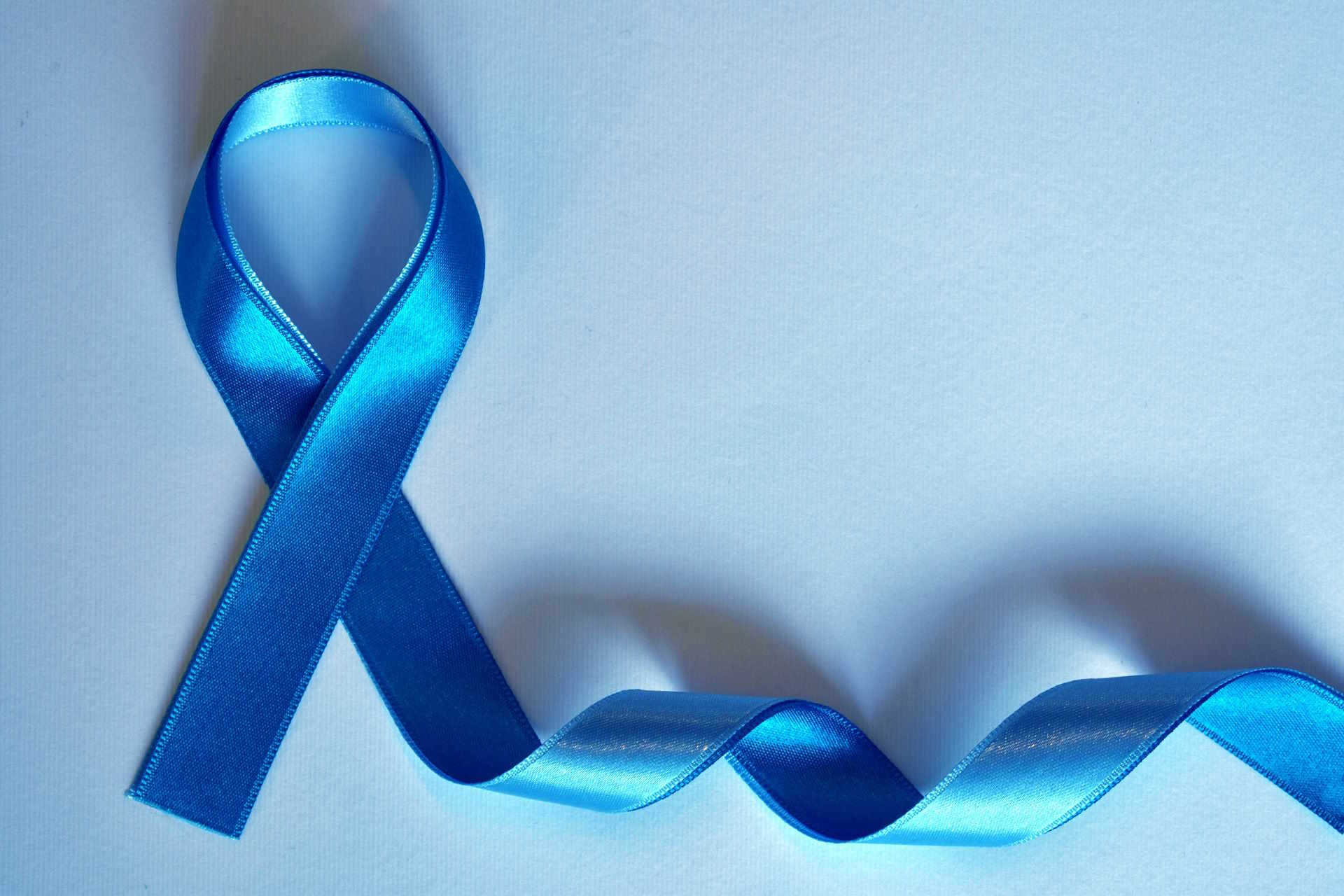Understanding alopecia areata: Causes, effects and treatments
Alopecia areata is an autoimmune condition that causes sudden, unpredictable hair loss, often in small, round patches on the scalp, but it can affect other areas of the body as well. While the exact cause is not fully understood, it occurs when the immune system mistakenly attacks hair follicles, disrupting the normal hair growth cycle. This condition can have significant emotional and psychological effects, impacting self-esteem and confidence. Understanding the underlying causes, potential effects, and available treatments is essential for managing alopecia areata effectively and improving quality of life for those affected.
Alopecia areata represents one of the most common autoimmune disorders affecting hair follicles. It can develop at any age, though it most frequently appears during childhood or early adulthood. The condition does not discriminate based on gender, ethnicity, or geographic location, making it a truly global health concern. Understanding this condition requires examining its underlying mechanisms, recognizing its varied presentations, and exploring the available management approaches.
What causes alopecia areata?
The primary cause of alopecia areata lies in the immune system’s malfunction. In healthy individuals, the immune system protects the body from foreign invaders like bacteria and viruses. However, in people with alopecia areata, immune cells mistakenly identify hair follicles as threats and attack them. This autoimmune response interrupts the normal hair growth cycle, causing follicles to shrink and dramatically slow down hair production.
Genetic factors play a significant role in susceptibility to this condition. Research indicates that individuals with a family history of alopecia areata or other autoimmune disorders face higher risk. Scientists have identified several genes associated with the condition, though having these genes does not guarantee development of the disorder. Environmental triggers, such as viral infections, physical trauma, or significant stress, may activate the condition in genetically predisposed individuals. However, the exact interplay between genetic and environmental factors remains an active area of research.
Identifying the symptoms of alopecia areata
The hallmark symptom of alopecia areata is sudden hair loss that typically occurs in small, round patches about the size of a coin. These patches most commonly appear on the scalp but can develop on the beard, eyebrows, eyelashes, or any hair-bearing area of the body. The affected skin usually appears smooth and may have a slightly different texture or color than surrounding areas. Some people experience tingling or mild discomfort before hair loss occurs, though the condition itself is not painful.
The pattern and extent of hair loss vary considerably among individuals. Some experience only one or two small patches that regrow within months without treatment. Others develop multiple patches or progress to more extensive forms. Alopecia totalis refers to complete scalp hair loss, while alopecia universalis involves loss of all body hair. Nail changes, including pitting, ridging, or white spots, occur in approximately ten to twenty percent of cases and may indicate more severe or persistent disease. The unpredictable nature of the condition creates significant uncertainty, as hair may regrow spontaneously or loss may continue despite treatment.
Treatment options for alopecia areata
No single treatment works for everyone with alopecia areata, and approaches vary based on age, extent of hair loss, and individual response. Corticosteroids represent the most commonly prescribed treatment, available as topical creams, injections directly into affected areas, or oral medications for extensive cases. Intralesional corticosteroid injections, administered every four to six weeks, show effectiveness for limited patchy hair loss, with many patients experiencing regrowth within several months.
Topical immunotherapy involves applying chemicals like diphencyprone or squaric acid dibutylester to the scalp to provoke an allergic reaction that may redirect the immune system away from attacking hair follicles. This approach requires regular application over months and works best for extensive alopecia areata. Minoxidil, commonly known for treating pattern baldness, may help stimulate hair regrowth when used alone or combined with other treatments. Newer approaches include JAK inhibitors, medications that block specific immune system pathways involved in the autoimmune attack. These medications have shown promising results in clinical trials, though they require careful monitoring for potential side effects.
| Treatment Type | Delivery Method | Typical Duration | Considerations |
|---|---|---|---|
| Corticosteroid Injections | Direct injection into patches | 4-6 week intervals | Most effective for limited patches |
| Topical Corticosteroids | Cream or ointment application | Daily for months | Lower potency, fewer side effects |
| Topical Immunotherapy | Chemical application to scalp | Weekly for 6-12 months | Requires specialized provider |
| JAK Inhibitors | Oral medication | Daily, ongoing | Newer option, requires monitoring |
| Minoxidil | Topical foam or solution | Twice daily, ongoing | May enhance other treatments |
This article is for informational purposes only and should not be considered medical advice. Please consult a qualified healthcare professional for personalized guidance and treatment.
Coping strategies and support
Living with alopecia areata involves more than managing physical symptoms. The visible nature of hair loss can significantly impact self-esteem, social interactions, and mental health. Many people find that connecting with others who share similar experiences provides invaluable emotional support. Support groups, whether in-person or online, offer safe spaces to share feelings, exchange coping strategies, and reduce the isolation that often accompanies this condition.
Practical coping strategies include exploring cosmetic options such as wigs, hairpieces, scarves, or hats that help individuals feel more comfortable in social situations. Some people embrace their hair loss as part of their identity, choosing not to conceal it. Counseling or therapy can help process the emotional impact of unpredictable hair loss and develop resilience. Stress management techniques, including meditation, exercise, and adequate sleep, may not directly affect the condition but contribute to overall well-being and quality of life.
The importance of awareness and advocacy
Increasing public awareness about alopecia areata helps reduce stigma and misconceptions surrounding the condition. Many people mistakenly believe hair loss results from stress, poor nutrition, or lack of hygiene, when in fact it stems from an autoimmune process beyond individual control. Education initiatives help create more inclusive environments in schools, workplaces, and communities where people with visible differences feel accepted and supported.
Advocacy efforts focus on increasing research funding to develop more effective treatments and ultimately find a cure. Organizations dedicated to alopecia areata work to amplify patient voices, influence policy decisions, and ensure that healthcare systems adequately address the condition’s medical and psychological aspects. Participation in awareness campaigns, fundraising events, or research studies contributes to collective progress toward better understanding and managing this challenging condition. Greater visibility and understanding benefit not only those currently affected but also future generations who may develop alopecia areata.





